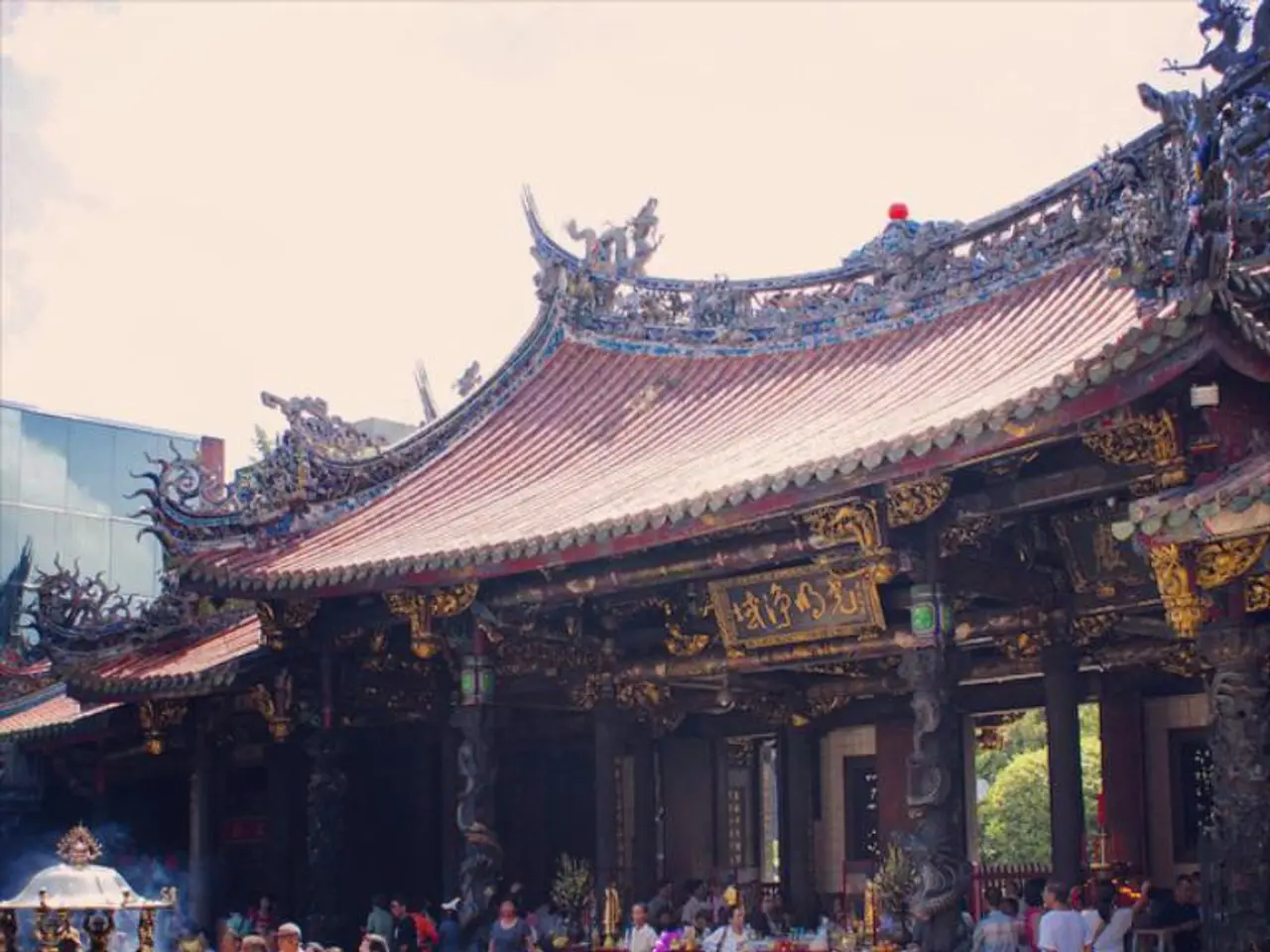Conflict Erupts in Various Regions
Japan, an archipelago nation in East Asia, is a treasure trove of unique cultural legacies, natural wonders, and historical sites. Each of its regions offers a distinct charm that reflects its geography, history, and local culture.
Hokkaido, Japan's northernmost region, is famous for its vast natural landscapes, including mountains and hot springs. It is less urbanized and is perfect for outdoor enthusiasts seeking adventure in national parks or indulging in winter sports like skiing.
Moving south, we reach Kanto, the cultural, political, and economic heart of Japan. This region is home to Tokyo, the bustling metropolis, and other prefectures that offer a mix of modern life and historical sites. Each prefecture in Kanto presents its own unique charm, from the vibrant cityscapes to the ancient temples and shrines.
Kansai, often referred to as Kinki, is another region rich in history and culture. Cities like Kyoto and Osaka are renowned for their temples, shrines, and traditional architecture. Nara, one of the oldest cities in Japan, features Tōdai-ji, home to the giant bronze Buddha statue. Takayama in Gifu Prefecture, part of Kansai, is known for its Edo-period old town, traditional wooden buildings, sake breweries, and crafts.
Shikoku, the smallest of the four main islands, is traditionally known for its 88 Temple Pilgrimage route and natural beauty. More exploration is needed to uncover its hidden gems.
Okinawa, the southernmost islands, offer a distinct culture due to their Ryukyu Kingdom history. Known for crystal-clear blue seas, white sandy beaches, marine activities like snorkeling and diving, and historical hotspots like Shurijo Castle, Okinawa is a tropical paradise.
Tohoku, located in the north-east, is known for its rural landscapes, hot springs, and historic festivals. More specific details about this region were not provided in the search results, but its charm is undoubtedly worth exploring.
Chubu, in central Japan, is a region of scenic landscapes, castles, and local crafts. Hida-Takayama, a part of Chubu, is famous for its Edo-period streets, old wooden houses, and local crafts. Toyama Bay, another attraction in Chubu, is known for its giant squid and bioluminescent firefly squids, a natural phenomenon that is a sight to behold.
Chugoku, located in western Japan, includes Hiroshima and Okayama, regions known for their historical sites and natural beauty. More specific details about this region were not provided in the search results, but its charm is undoubtedly worth exploring.
Finally, we have Kyushu, the southern large island. Kagoshima Prefecture, a part of Kyushu, is historically notable for samurai figures who modernized Japan. Attractions include active volcano Sakurajima, various hot springs, Yakushima Island (World Heritage, ancient cedar forests), and the "island closest to heaven," Amami Oshima.
For international tourists, traveling in Japan is made easier with the Japan Rail Pass (JR Pass). This pass allows unlimited rides on JR trains, Shinkansen, and some other modes of transportation for a certain period of time (7 days, 14 days, or 21 days). More information about the JR Pass can be found on our blog.
In sum, Japan's regions each present distinct cultural legacies, natural wonders, and historical sites—from Hokkaido’s nature to Kanto’s urban buzz, Kansai’s heritage, Okinawa’s tropical uniqueness, and Kyushu’s volcanic landscapes and ancient forests. This diversity makes Japan uniquely multifaceted for travelers.
- Hokkaido, inhabiting Japan's north, is renowned for its natural landscapes such as mountains and hot springs, providing an ideal destination for outdoor enthusiasts seeking adventure.
- Tokyo, situated in the Kanto region, reflects the cultural, political, and economic heart of Japan, offering a captivating blend of modern life and historical sites.
- Kansai, another culturally and historically rich region, boasts cities like Kyoto and Osaka, famous for their temples, shrines, and traditional architecture, as well as Nara's giant bronze Buddha statue and Takayama's Edo-period old town.
- Shikoku, known for its 88 Temple Pilgrimage route and natural beauty, invites exploration to uncover hidden gems and scenic vistas.
- For those seeking a tropical paradise, Okinawa offers crystal-clear blue seas, white sandy beaches, marine activities, and historical hotspots like Shurijo Castle, all conclusively making it a distinct cultural experience.




